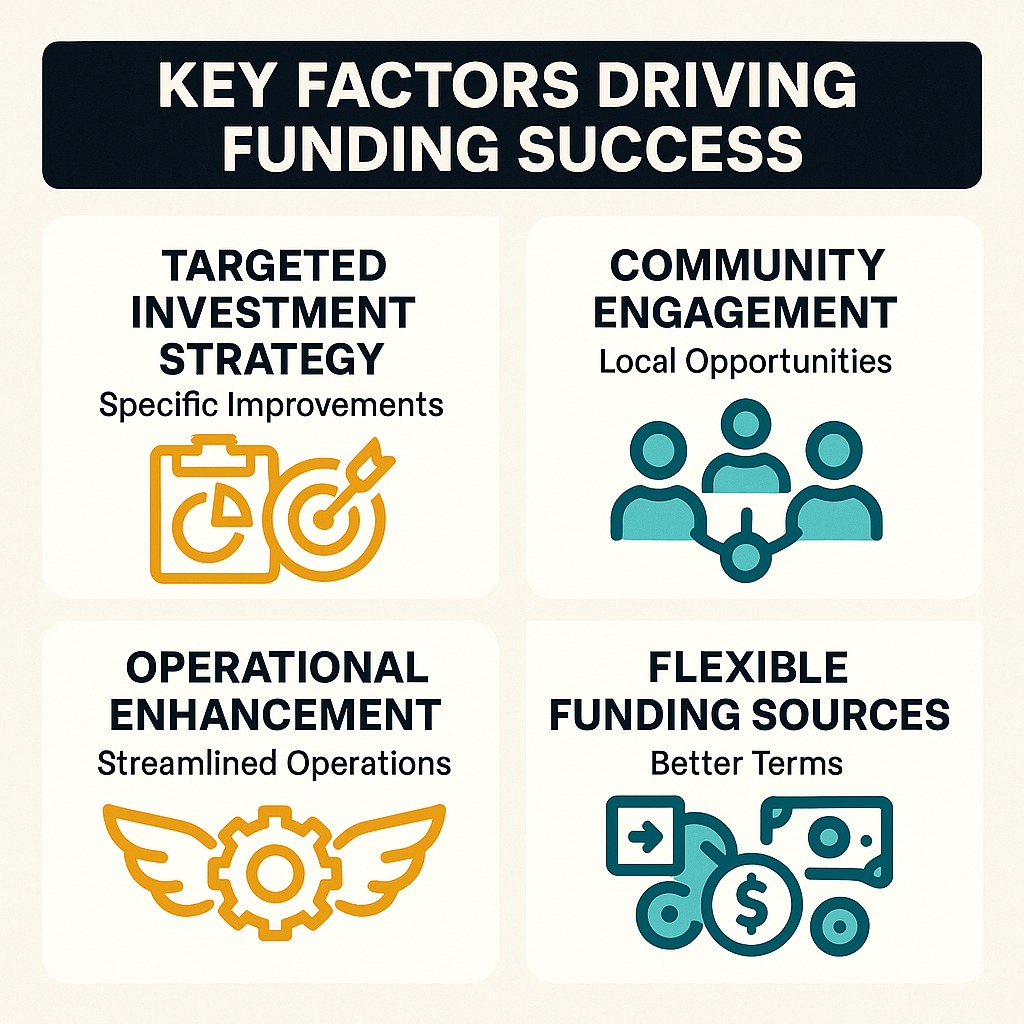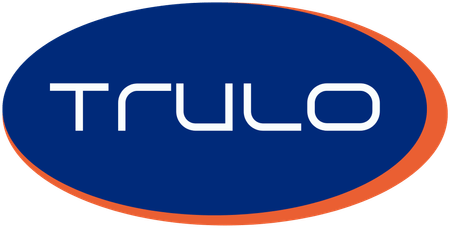Small retail businesses across the country face similar challenges when it comes to expansion and growth. However, many have found ways to overcome financing obstacles through strategic funding approaches. These real-world examples show how targeted capital can transform retail operations and drive meaningful results.
Learning From Real Retail Expansion Examples
Studying actual retail expansion cases can provide valuable insights for business owners considering their own growth strategies. Many successful retailers have leveraged various funding sources to enhance their customer experience and expand their operations. These real results often stem from careful planning and understanding how to use capital effectively for specific business improvements.
The key lesson from these retail examples is that funding success typically comes from targeting specific areas that directly impact customer satisfaction and operational efficiency. Rather than using capital for general purposes, successful retailers often focus their investments on improvements that can generate measurable returns.
Strategic Approaches to Retail Capital Projects
Effective retail capital projects often involve partnerships and community-focused strategies that align with local market conditions. Regional initiatives in areas like Texas and Florida have demonstrated how localized approaches can boost retail sector growth. These examples show that understanding your specific market environment can be crucial for successful expansion.
Small retailers might benefit from exploring community partnerships and regional growth opportunities when planning their capital projects. This approach allows businesses to tailor their growth strategies to local conditions and customer preferences, potentially increasing the likelihood of success.
Common Elements of Successful Retail Funding Stories
Analyzing multiple funding success stories reveals several patterns that contribute to positive outcomes in retail expansion projects.
- Customer Experience Focus: Successful retailers often prioritize improvements that directly enhance the shopping experience, leading to increased customer satisfaction and loyalty.
- Strategic Timing: Many successful cases involve careful timing of funding applications and implementation to align with market opportunities or seasonal demands.
- Clear Growth Objectives: Retailers with specific, measurable goals for their funding tend to achieve better results than those with vague expansion plans.
- Local Market Understanding: Businesses that consider their regional market conditions and customer base when planning expansions often see more sustainable growth.
Key Factors That Drive Retail Funding Success

Several critical factors consistently appear in successful retail funding cases, providing a roadmap for other small business owners.
- Targeted Investment Strategy: Using funds for specific improvements rather than general business needs tends to produce more measurable results
- Community Engagement: Retailers who actively engage with their local community and understand regional opportunities often achieve better outcomes
- Operational Enhancement: Focusing funding on improvements that streamline operations while enhancing customer experience creates dual benefits
- Flexible Funding Sources: Exploring various funding options, including specialized programs designed for small business growth, can provide better terms and opportunities
These retail funding success stories demonstrate that strategic capital deployment can transform small businesses when approached thoughtfully. The common thread among successful cases is the focus on customer experience improvements and understanding local market dynamics. By learning from these real examples, retailers can make more informed decisions about their own expansion and funding strategies.

.png)






